Commentary: Firsthand footage of ICE raids is both witness and resistance
Published in Op Eds
It has been five years since May 25, 2020, when George Floyd gasped for air beneath the knee of a Minneapolis police officer on the corner of 38th Street and Chicago Avenue. Five years since 17-year-old Darnella Frazier stood on the curb outside Cup Foods, raised her phone, and bore witness to nine minutes and 29 seconds that would galvanize a global movement against racial inequality.
Frazier’s video didn’t just show what happened. It insisted the world stop and see.
Today, that legacy lives on in the hands of a different community, facing different threats but wielding the same tools. Across the United States, Latino organizers are lifting their phones not to go viral but to go on record. They are livestreaming Immigration and Customs Enforcement raids, filming family separations, documenting protests outside detention centers. Their footage is not content. It is evidence. It is warning. It is resistance.
Here in Los Angeles, where I teach journalism, several images have seared themselves into public memory. One viral video shows a shackled father stepping into a white, unmarked van — his daughter sobbing behind the camera, pleading with him not to sign any official documents. He turns, gestures for her to calm down, then blows her a kiss. Across town, LAPD officers on horseback charged at peaceful protesters.
In Spokane, Wash., residents formed a spontaneous human chain around their undocumented neighbors mid-raid, their bodies and cameras forming a barricade of defiance. In San Diego, white allies yelled “Shame!” as they chased a car of uniformed National Guard troops out of their neighborhood.
The impact of smartphone witnessing has been both immediate and unmistakable — visceral at street level, seismic in statehouses. On the ground, the videos have fueled the “No Kings” movement, which organized protests in all 50 states last weekend. Legislators are responding too — with sparks flying in the halls of the Capitol. As President Trump ramps up immigration enforcement, Democratic-led states are digging in, tightening state laws that limit cooperation with federal agents.
Local TV news coverage has incorporated witnesses’ smartphone video, helping it reach a wider audience.
What’s unfolding now is not new — it is newly visible. Latino organizers are drawing from a playbook sharpened in 2020, one rooted in a longer lineage of Black media survival strategies forged during slavery and Jim Crow.
In 2020, I wrote about how Black Americans have used various media formats to fight for racial and economic equality — from slave narratives to smartphones. I argued that Frederick Douglass and Ida B. Wells were doing the same work as Darnella Frazier: using journalism as a tool for witnessing and activism. In 2025, Latinos who are filming the state in moments of overreach — archiving injustice in real time — are adapting, extending and carrying forward Black witnesses’ work.
Moreover, Latinos are using smartphones for digital cartography much as Black people mapped freedom during the eras of slavery and Jim Crow. The People Over Papers map, for example, reflects an older lineage: the resistance tactics of Black Maroons— enslaved Africans who fled to swamps and borderlands, forming secret networks to evade capture and warn others.
These early communities shared intelligence, tracked patrols and mapped out covert paths to safety. People Over Papers channels that same logic — only now the hideouts are ICE-free zones, mutual aid hubs and sanctuary spaces. The map is crowdsourced. The borders are digital. The danger is still very real.
Likewise, the Stop ICE Raids Alerts Network revives a civil-rights-era blueprint. During the 1960s, activists used Wide Area Telephone Service lines and radio to share protest routes, police activity and safety updates. Black DJs often masked dispatches as traffic or weather reports — “congestion on the south side” meant police roadblocks, “storm warnings” signaled incoming violence. Today, that infrastructure lives again through WhatsApp chains, encrypted group texts and story posts. The platforms have changed. The mission has not.
Layered across both systems is the DNA of “The Negro Motorist Green Book,” the guide that once helped Black travelers navigate Jim Crow America by identifying safe towns, gas stations and lodging. People Over Papers and Stop ICE Raids are digital descendants of that legacy: survival through shared knowledge, protection through mapped resistance.
The Latino community’s use of smartphones in this moment is not for spectacle. It’s for self-defense. In cities like Chicago, Los Angeles and El Paso, what begins as a whisper — “ICE is in the neighborhood” — now races through Telegram, WhatsApp and Instagram. A knock becomes a livestream. A raid becomes a receipt. A video becomes a shield.
For undocumented families, the risk is real. To film is to expose oneself. To go live is to become a target. But many do it anyway. Because silence can be fatal. Because invisibility protects no one. Because if the story is not captured, it can be denied.
Five years after Floyd’s final breath, the burden of proof still falls heaviest on the most vulnerable. America demands footage before outrage. Tape before reform. Visual confirmation before compassion. And still, justice is never guaranteed.
But 2020 taught us that smartphones, in the right hands, can fracture the status quo. In 2025, that lesson is echoing again, this time through the lens of Latino mobile journalists. Their footage is unflinching. Urgent. Righteous. It connects the dots: between ICE raids and over-policing, between a border cage and a city jail, between a knee on a neck and a door kicked in at dawn.
These are not isolated events. They are chapters in the same story of government repression.
And because the cameras are still rolling — and people are still recording — those stories are being told anew.
Five years ago, we were forced to see the unbearable. Now, we are being shown the undeniable.
_____
Allissa V. Richardson, an associate professor of journalism and communication at USC, is the author of “Bearing Witness While Black: African Americans, Smartphones, and the New Protest #Journalism.” This article was produced in partnership with the Conversation.
_____
©2025 Los Angeles Times. Visit at latimes.com. Distributed by Tribune Content Agency, LLC.
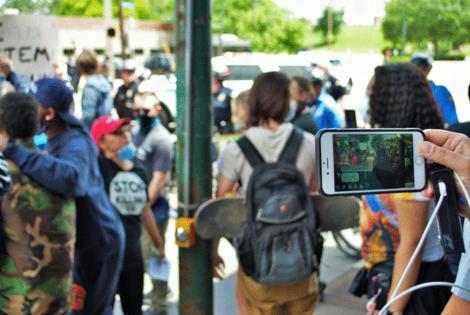






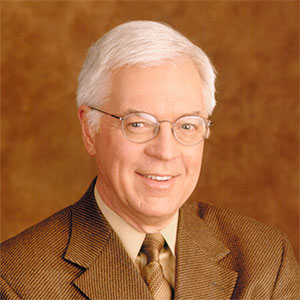















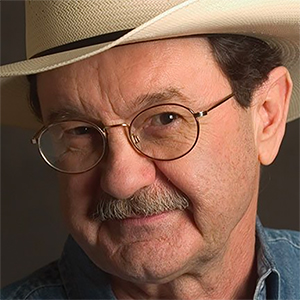

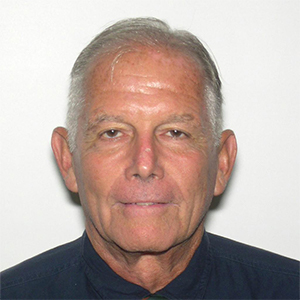




























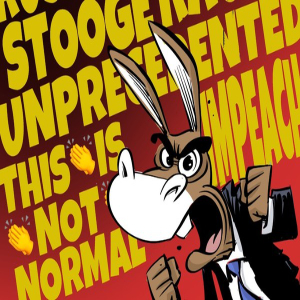


Comments